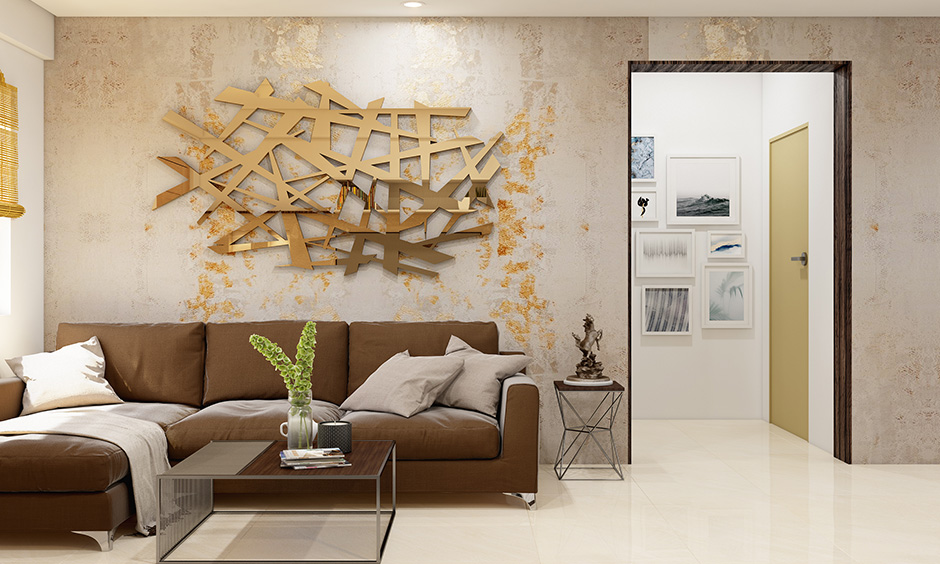One of the most important aspects of painting your living room is choosing the right paint color. The color you choose will set the tone for the entire room and can greatly impact the overall atmosphere. When deciding on a color, consider the size of your living room, the furniture and décor, and the natural light in the room. Bold colors can make a statement and add personality, while neutral colors can create a calming and timeless look.1. Choosing the Right Paint Color for Your Living Room
Before you start painting, it's important to properly prepare your living room. This includes clearing the room of furniture and covering any remaining items with drop cloths. Make sure to also clean the walls and patch any holes or imperfections. If you have wallpaper, it's recommended to remove it before painting for a smoother finish. Taking the time to prepare your living room will ensure a professional-looking paint job.2. Tips for Preparing Your Living Room for Painting
Painting a living room may seem like a daunting task, but with the right techniques, you can achieve a professional-looking finish. Start by painting the edges and corners with a brush, and then use a roller for the larger areas. Make sure to use long, even strokes and overlap each stroke slightly to avoid noticeable lines. It's also important to let each coat of paint dry completely before applying another one for a smooth finish.3. How to Paint a Living Room Like a Pro
The finish of your paint can greatly impact the overall look of your living room. Satin and eggshell finishes are popular choices for living rooms as they have a slight sheen and are easy to clean. Flat and matte finishes are best for hiding imperfections, but are not as durable. Consider the look and feel you want for your living room when choosing the right paint finish.4. The Best Paint Finishes for Your Living Room
If you have a small living room, painting techniques can help make it appear larger. Light colors, such as white or pastels, can reflect light and create the illusion of more space. You can also use a horizontal stripe technique to make the room feel wider, or a vertical stripe technique to make the room feel taller. Just be sure to use colors that complement each other for a cohesive look.5. Painting Techniques to Make Your Living Room Look Bigger
Don't forget about your living room ceiling when painting! Ceilings can often be overlooked, but painting them can add depth and interest to the room. Use a ladder or extension pole to reach the ceiling and start by painting the edges with a brush. Then, use a roller to paint the rest of the ceiling. It's recommended to use a flat or matte finish for ceilings to avoid any unwanted reflections.6. Tips for Painting Living Room Ceilings
The sheen of your paint can greatly impact the overall look and feel of your living room. Gloss and semi-gloss finishes are best for high-traffic areas as they are durable and easy to clean. Satin and eggshell finishes have a slight sheen and are great for living rooms as they are easy to clean and can add a subtle shine. Flat and matte finishes are best for hiding imperfections, but can be prone to scuffing.7. How to Choose the Right Paint Sheen for Your Living Room
If you're looking to update your living room without completely redecorating, consider painting your furniture. This can be a cost-effective way to give your living room a new look. When painting furniture, make sure to properly prepare the surface and use a quality primer. It's also important to use the right type of paint for the material. Do not use wall paint on furniture, as it will not adhere properly and can easily chip or scratch.8. Painting Living Room Furniture: Dos and Don'ts
Painting your living room trim and molding can add a finishing touch to the room. Before painting, make sure to clean and sand the surface for a smooth finish. Use painter's tape to protect the walls and use a brush to paint the edges. Then, use a roller to paint the rest of the trim. It's recommended to use a semi-gloss or high-gloss finish for trim for a polished look.9. Tips for Painting Living Room Trim and Molding
If you want to add a pop of color or a unique design to your living room, consider painting an accent wall. This can create a focal point in the room and add visual interest. When choosing a color, consider the overall color scheme of your living room and choose a shade that complements the other colors. You can also use stencils or painter's tape to create a pattern or design on your accent wall.10. How to Paint an Accent Wall in Your Living Room
Choosing the Right Colors for Your Living Room
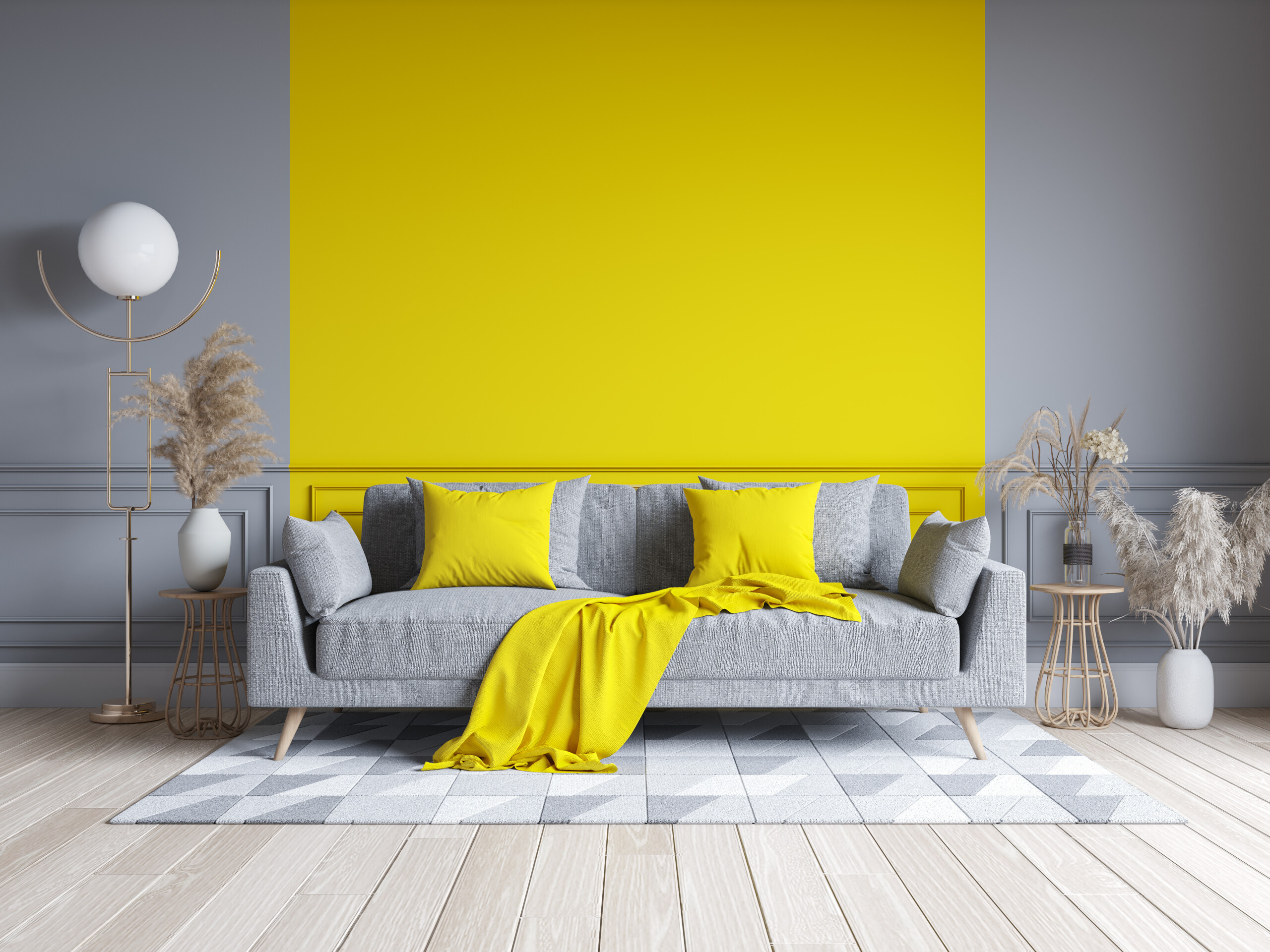
Creating a Mood
 When it comes to painting your living room, one of the most important things to consider is the color palette.
Colors have the power to evoke certain emotions and set the mood of a room
, so it is crucial to choose the right ones for your living room.
Warm colors like reds, oranges, and yellows can create a cozy and inviting atmosphere, while cool colors like blues, greens, and purples can give a room a more serene and calming feel.
Consider the function of your living room – do you want it to be a space for relaxation or a place for social gatherings? This will help determine the right color scheme for your living room.
When it comes to painting your living room, one of the most important things to consider is the color palette.
Colors have the power to evoke certain emotions and set the mood of a room
, so it is crucial to choose the right ones for your living room.
Warm colors like reds, oranges, and yellows can create a cozy and inviting atmosphere, while cool colors like blues, greens, and purples can give a room a more serene and calming feel.
Consider the function of your living room – do you want it to be a space for relaxation or a place for social gatherings? This will help determine the right color scheme for your living room.
Coordinating with Existing Décor
 Another important factor to consider when choosing colors for your living room is the existing décor.
You want your paint colors to complement your furniture, rugs, and other decorative elements in the room.
Take a look at the colors and patterns in your furniture and find a hue that will tie everything together. If you have a neutral-colored sofa, consider adding a pop of color on the walls to make the room more interesting.
Alternatively, you can use a bold-colored sofa as the focal point and choose a more subtle color for the walls.
Using complementary colors or a monochromatic color scheme can also help create a cohesive and visually appealing look.
Another important factor to consider when choosing colors for your living room is the existing décor.
You want your paint colors to complement your furniture, rugs, and other decorative elements in the room.
Take a look at the colors and patterns in your furniture and find a hue that will tie everything together. If you have a neutral-colored sofa, consider adding a pop of color on the walls to make the room more interesting.
Alternatively, you can use a bold-colored sofa as the focal point and choose a more subtle color for the walls.
Using complementary colors or a monochromatic color scheme can also help create a cohesive and visually appealing look.
Considering Natural Light
 Natural light can have a significant impact on the appearance of a room.
When choosing paint colors for your living room, it is essential to consider how much natural light the room receives.
If your living room gets a lot of natural light, you may want to choose lighter colors, as they can help make the room feel more spacious and airy.
For rooms with limited natural light, opt for warmer colors to add warmth and make the space feel cozier.
It is also important to test the colors in your living room before committing to a final decision.
Colors can look different in natural light compared to artificial light, so it is best to paint a small section of the wall and observe how the color appears throughout the day.
Natural light can have a significant impact on the appearance of a room.
When choosing paint colors for your living room, it is essential to consider how much natural light the room receives.
If your living room gets a lot of natural light, you may want to choose lighter colors, as they can help make the room feel more spacious and airy.
For rooms with limited natural light, opt for warmer colors to add warmth and make the space feel cozier.
It is also important to test the colors in your living room before committing to a final decision.
Colors can look different in natural light compared to artificial light, so it is best to paint a small section of the wall and observe how the color appears throughout the day.
Bringing it All Together
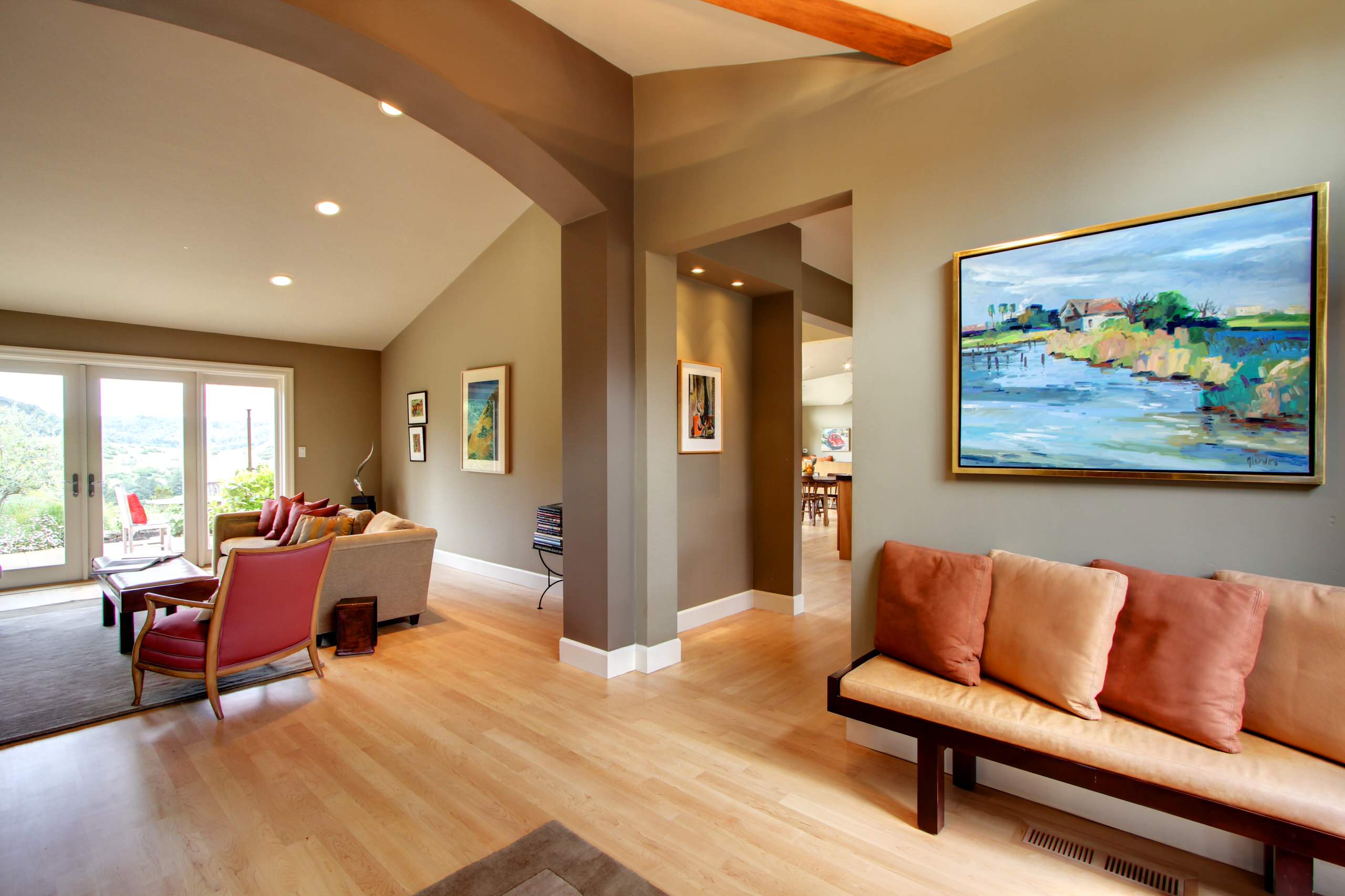 Choosing the right colors for your living room can be a daunting task, but by considering the mood you want to create, coordinating with existing décor, and taking into account natural light, you can make an informed decision.
Remember to also consider the overall design and style of your home when choosing colors for your living room to maintain a cohesive look.
With the right colors, your living room can become a welcoming and stylish space that reflects your personal taste and style.
Choosing the right colors for your living room can be a daunting task, but by considering the mood you want to create, coordinating with existing décor, and taking into account natural light, you can make an informed decision.
Remember to also consider the overall design and style of your home when choosing colors for your living room to maintain a cohesive look.
With the right colors, your living room can become a welcoming and stylish space that reflects your personal taste and style.


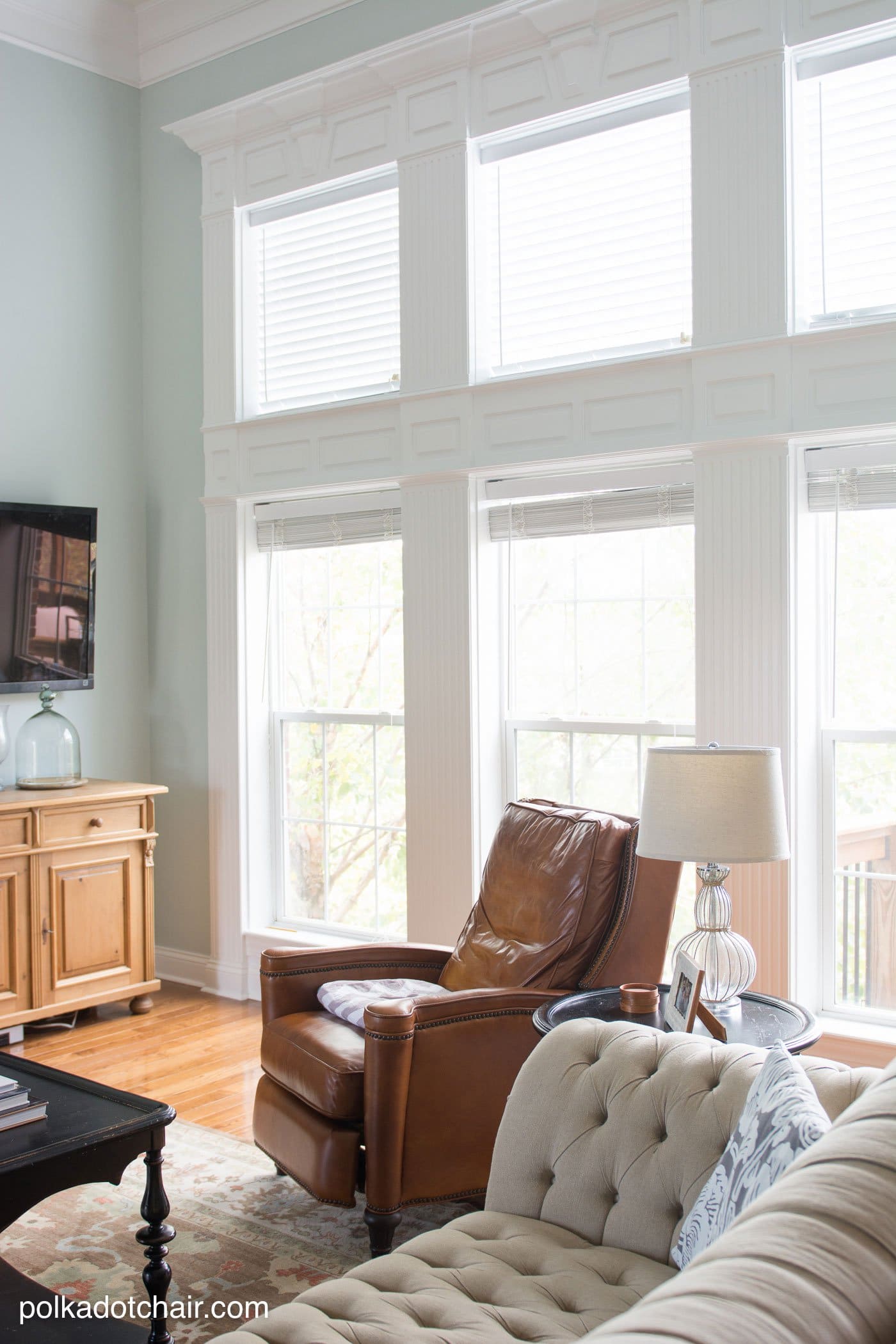

:extract_focal()/https://pocket-syndicated-images.s3.amazonaws.com/articles/5304/1596722483_at_housetours_2019-06_VivY-RhiannonSouthwell_AT_rhiannon_vivyapp-12.jpg)




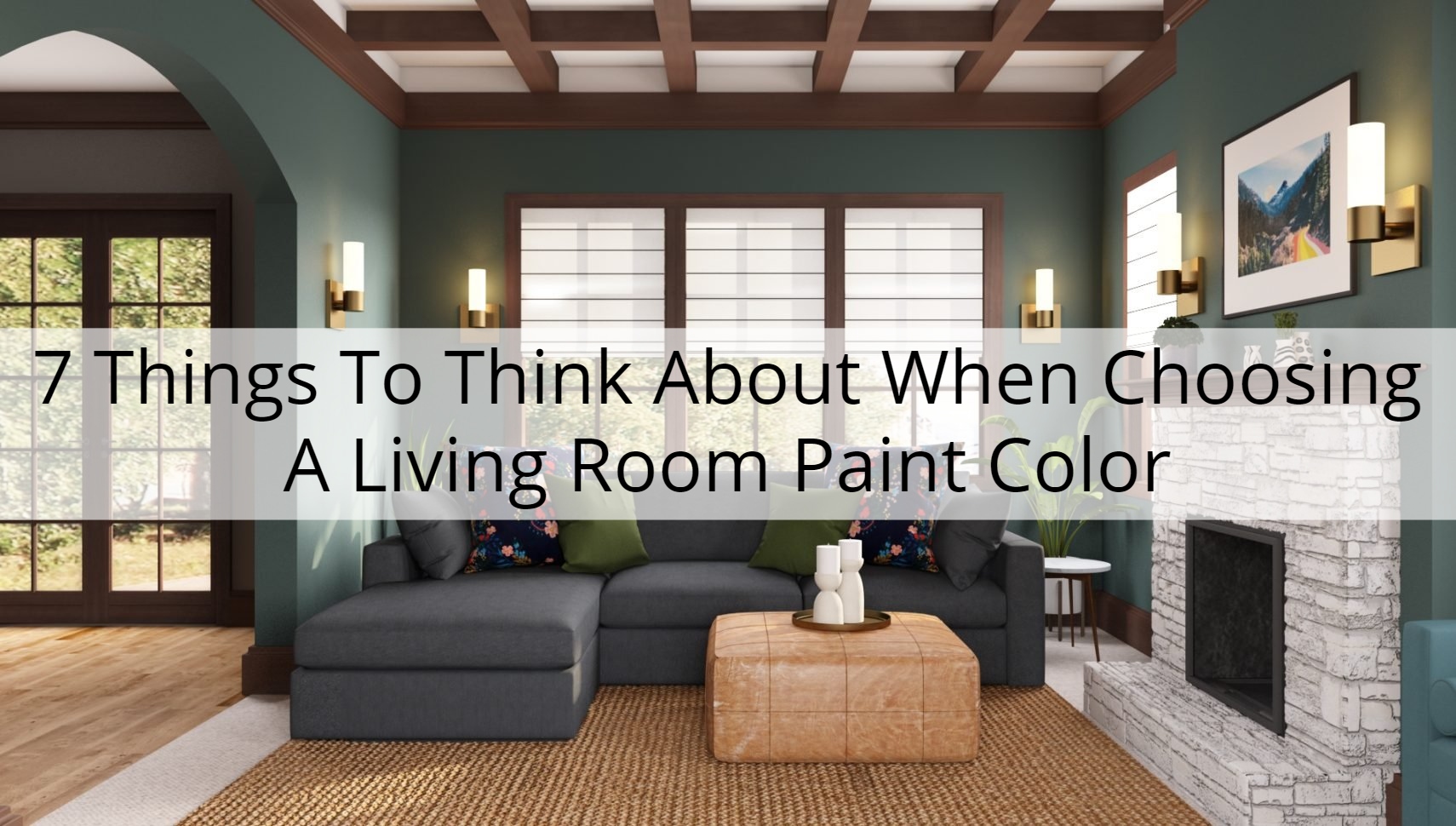
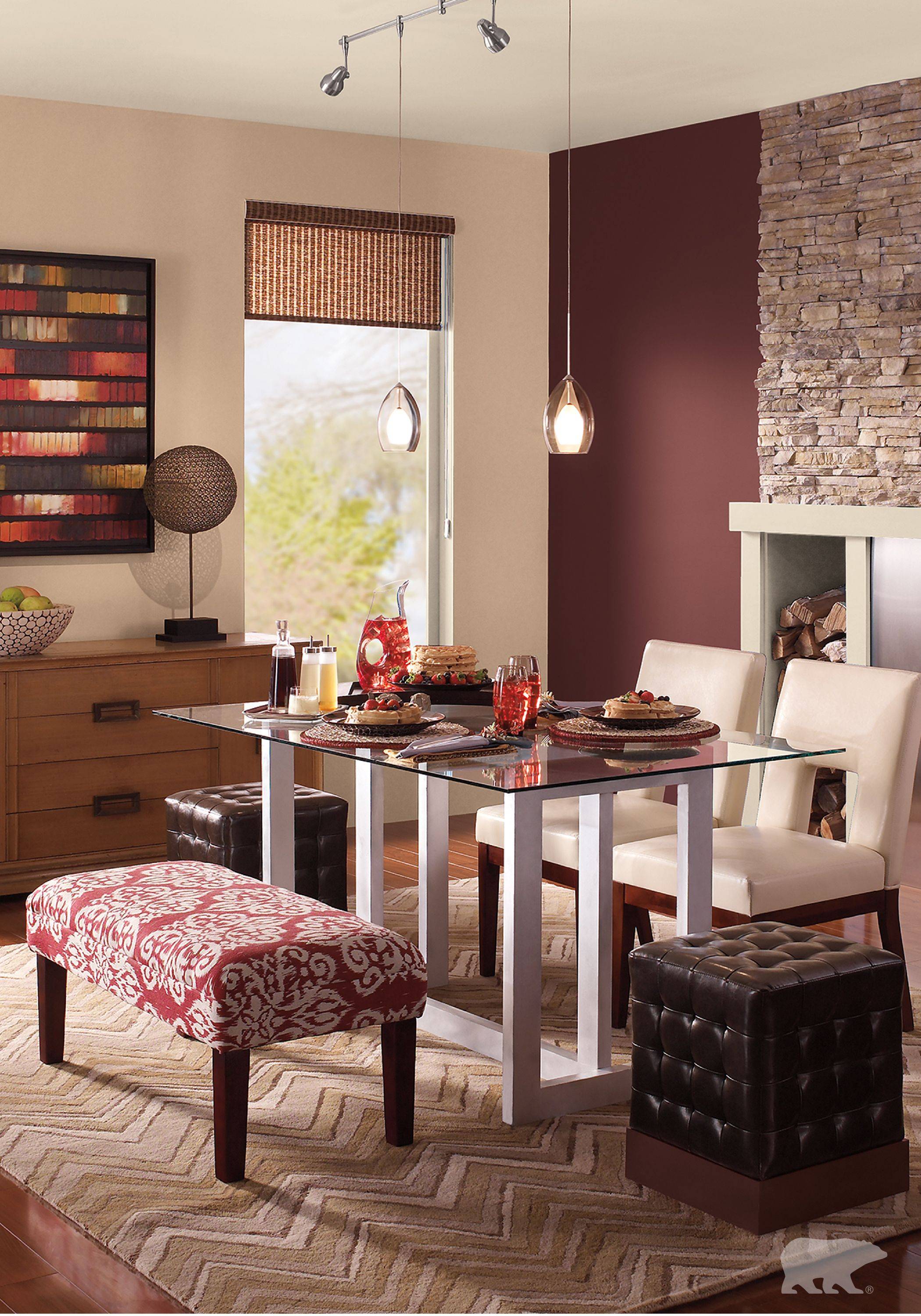










:max_bytes(150000):strip_icc()/GettyImages-667507168-78f5ecf7e90a451daca834328e247a90.jpg)
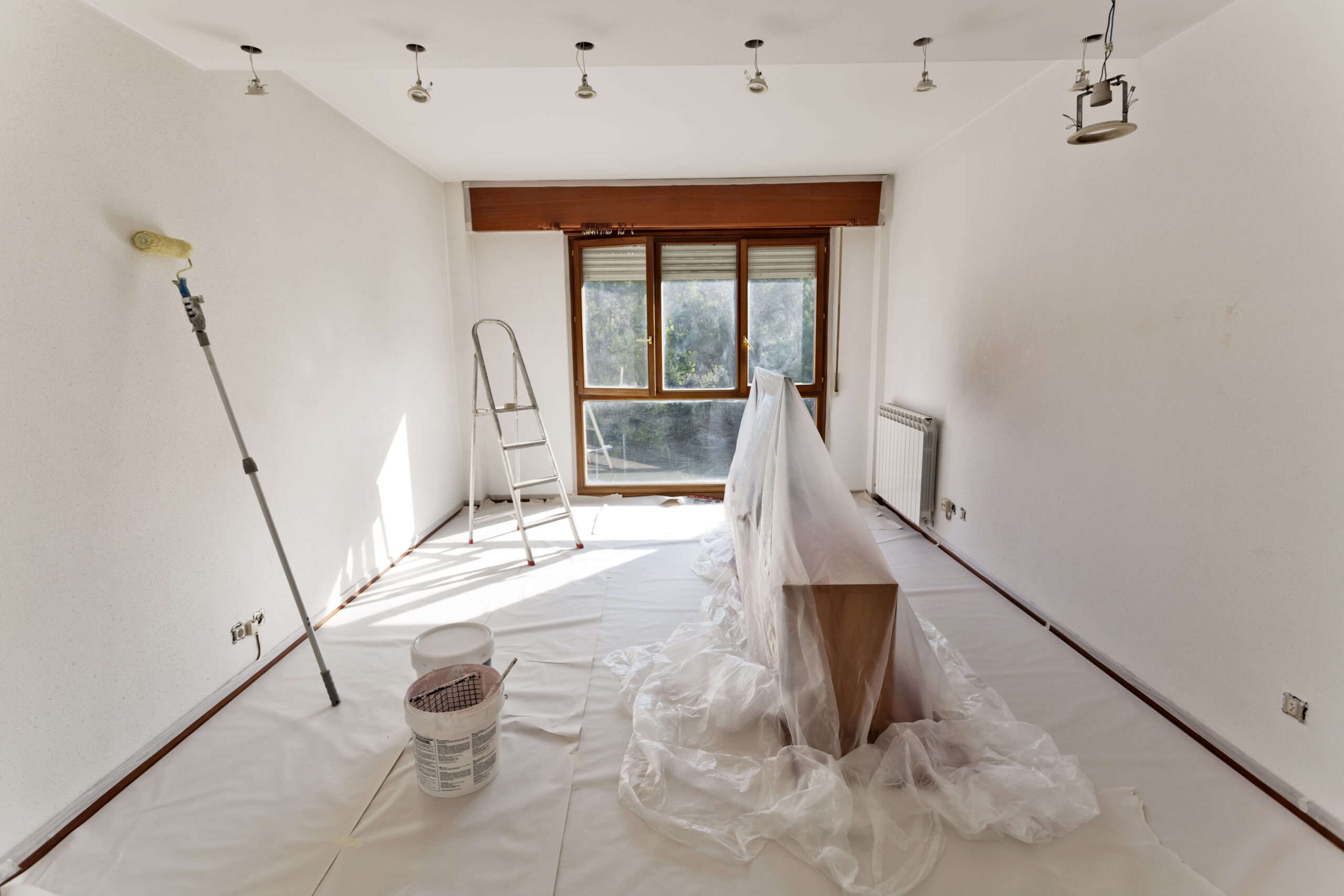






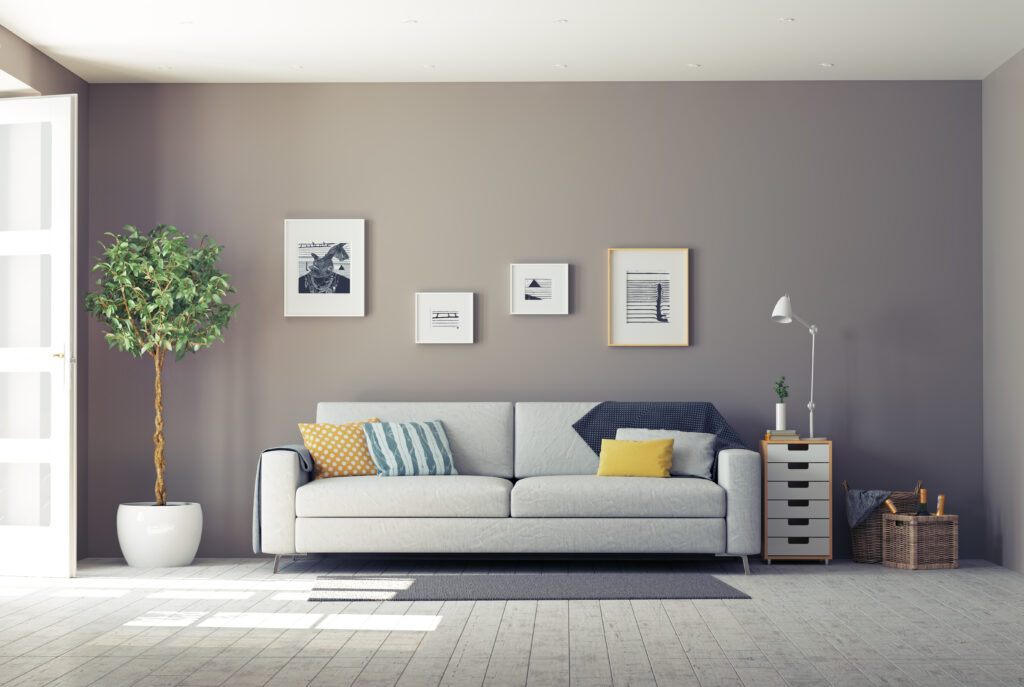







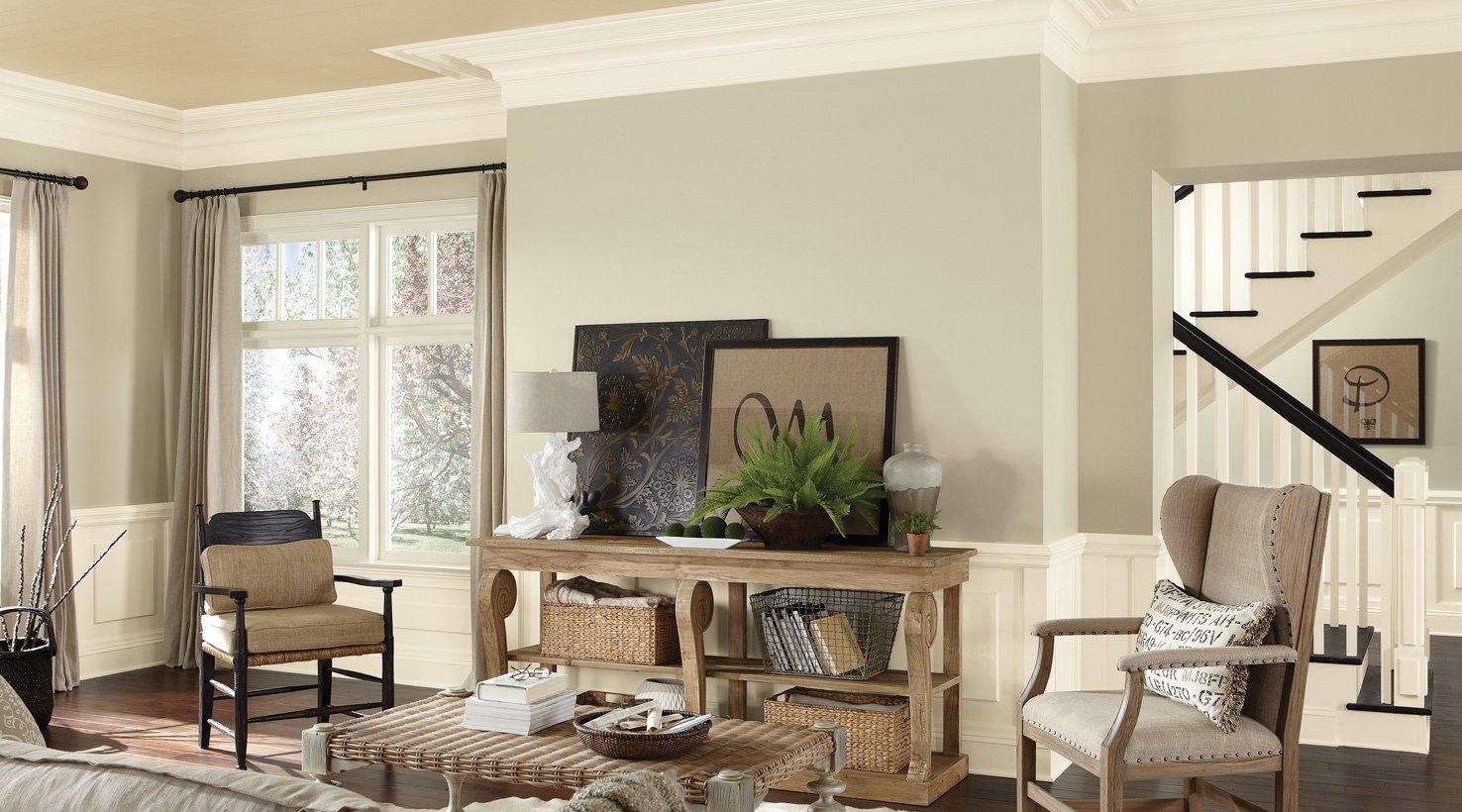

/Modern-living-room-GettyImages-697535803-58ac763e5f9b58a3c93ac8f4.jpg)
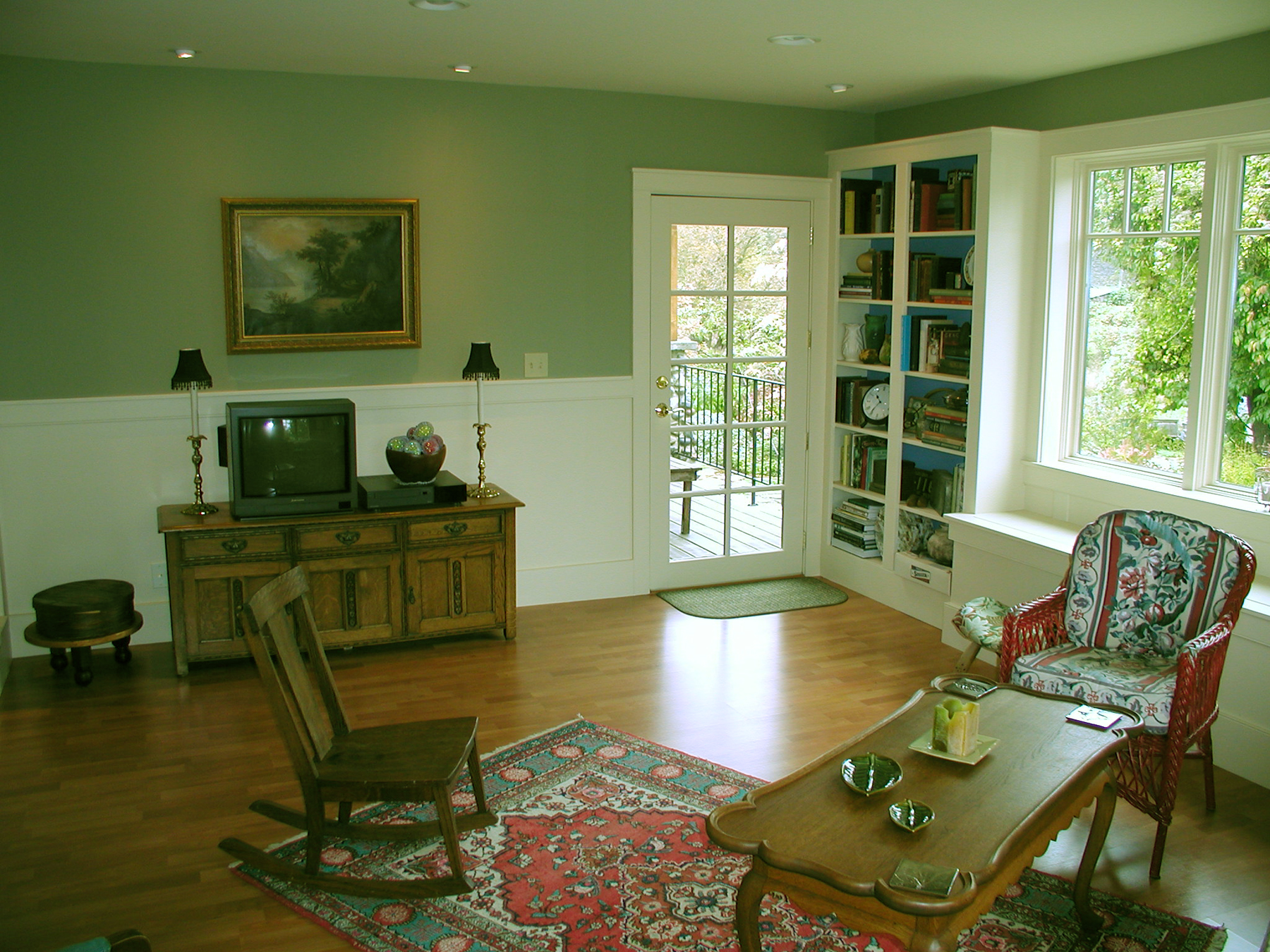


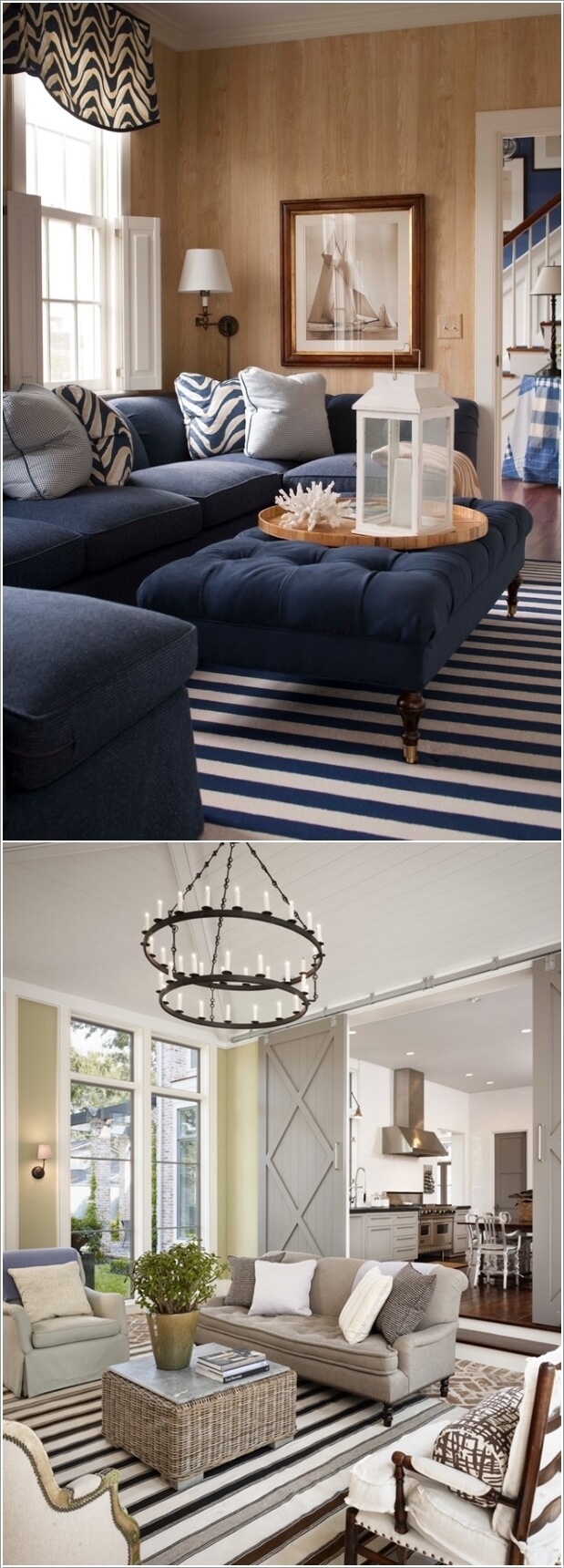
:max_bytes(150000):strip_icc()/How-to-Make-a-Living-Room-Look-Bigger-578596813df78c1e1fc797d0.jpg)


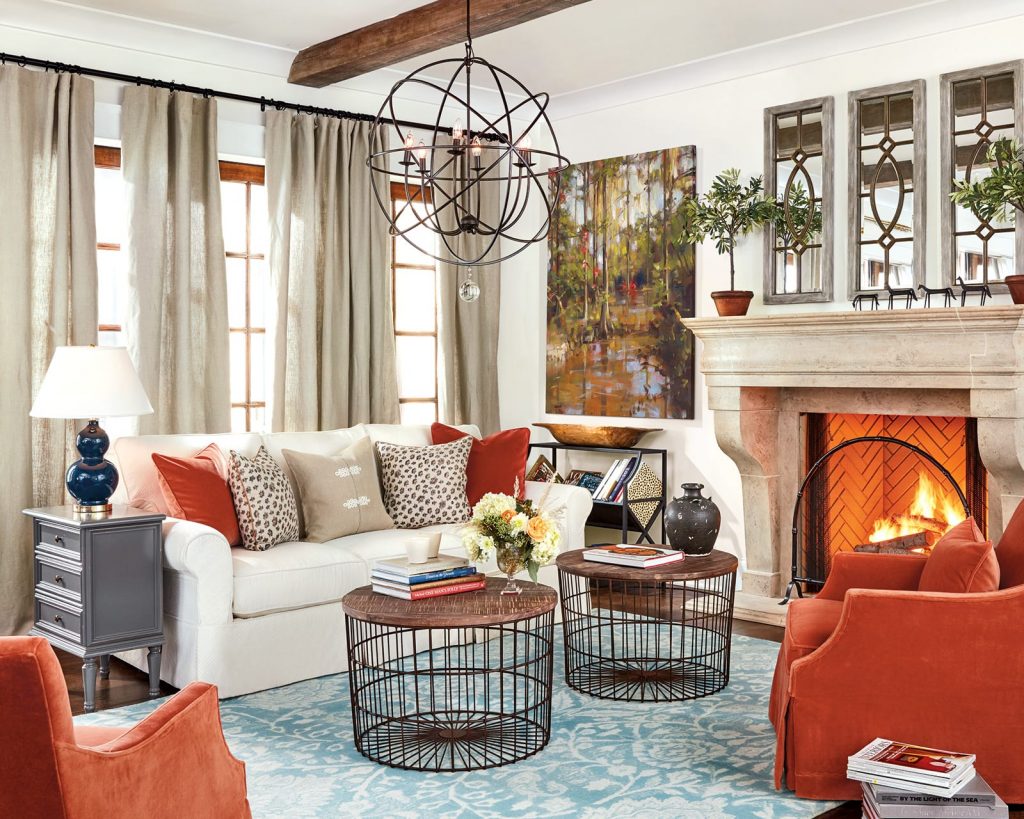

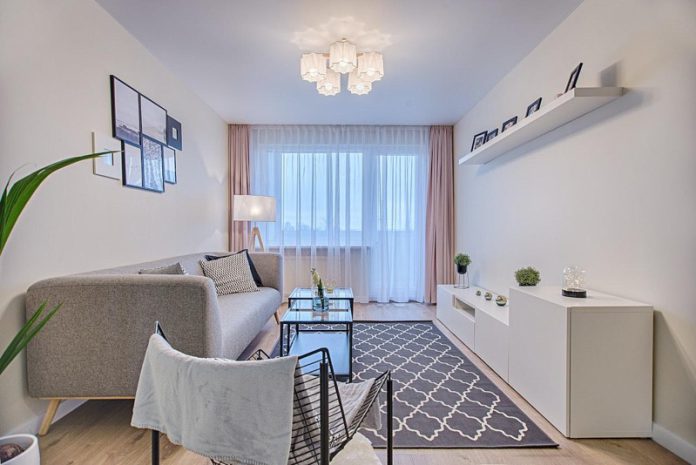


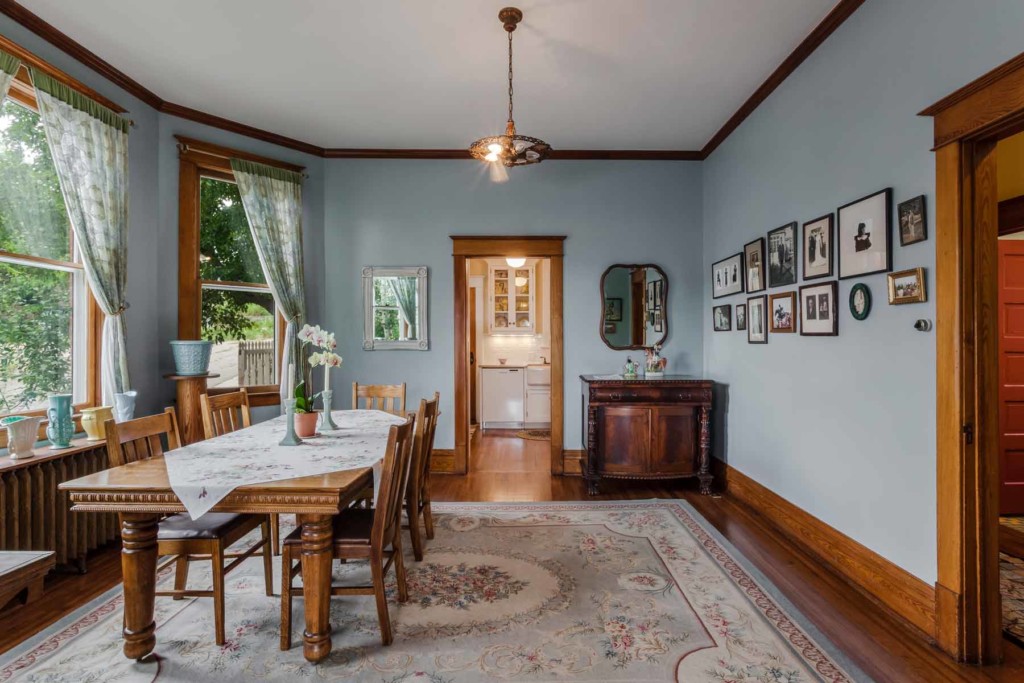
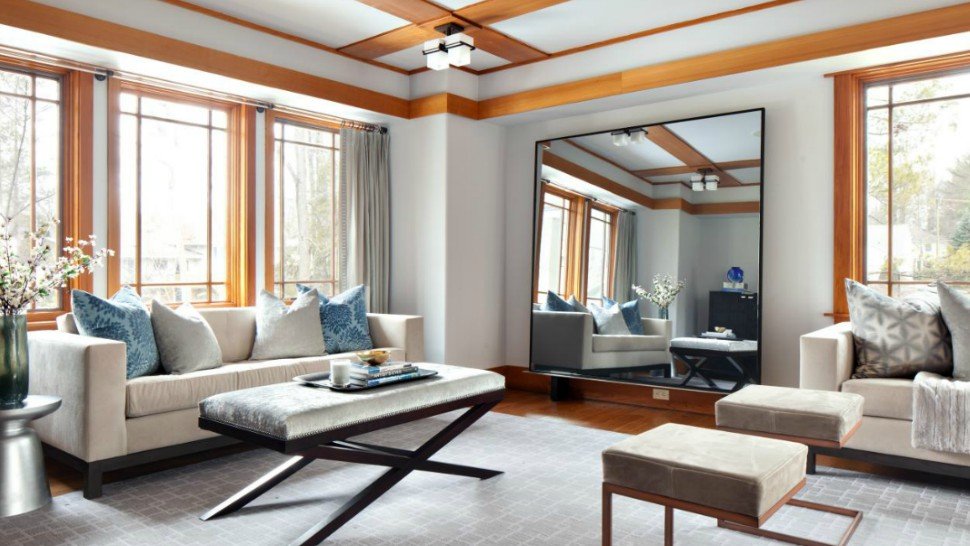







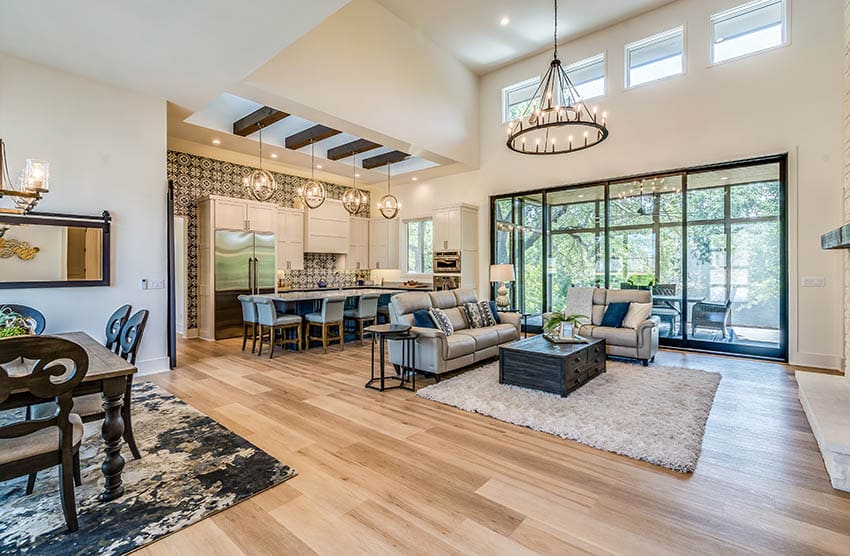








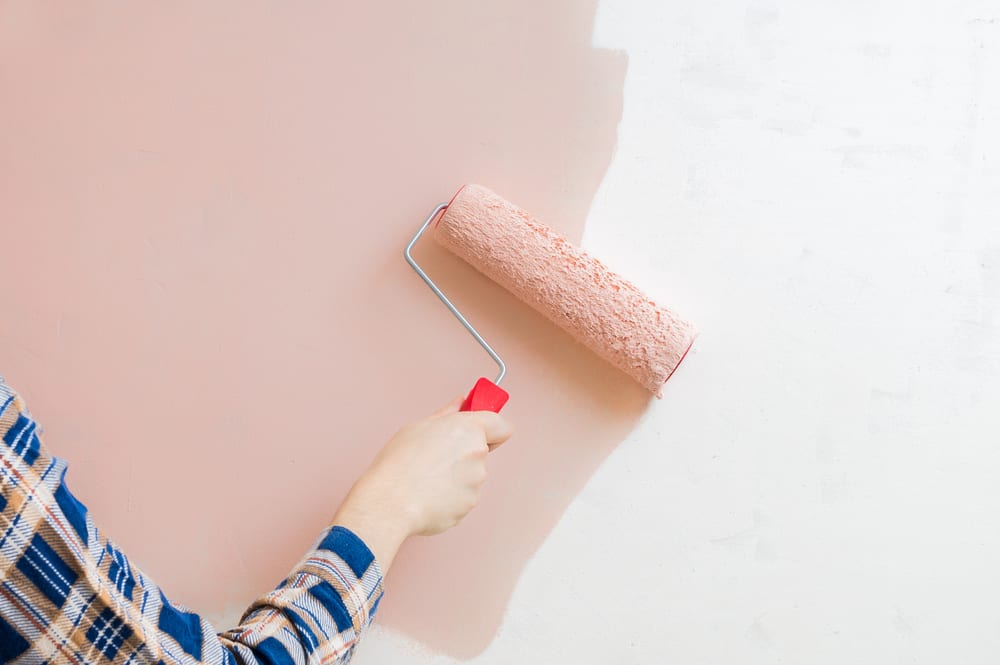


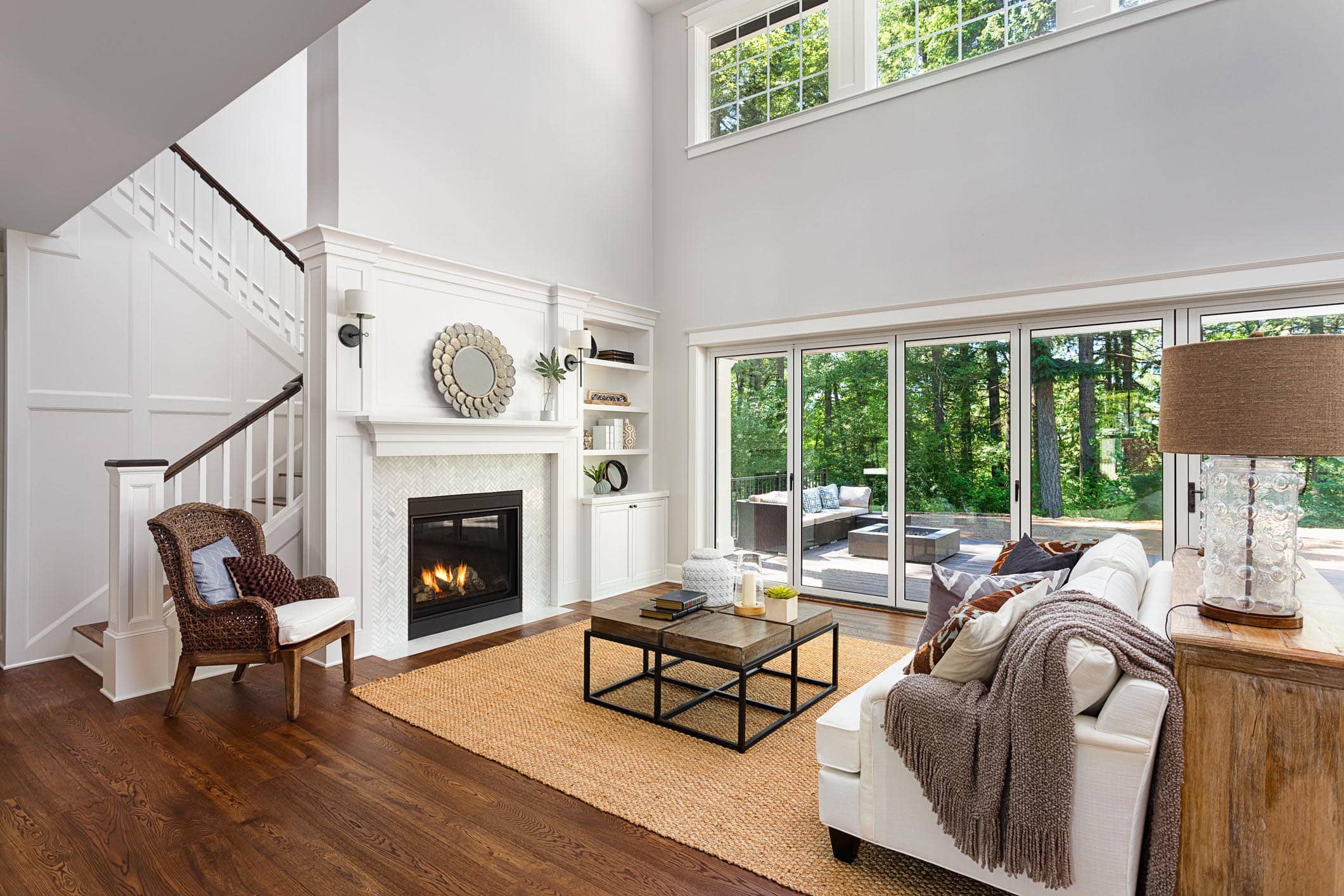


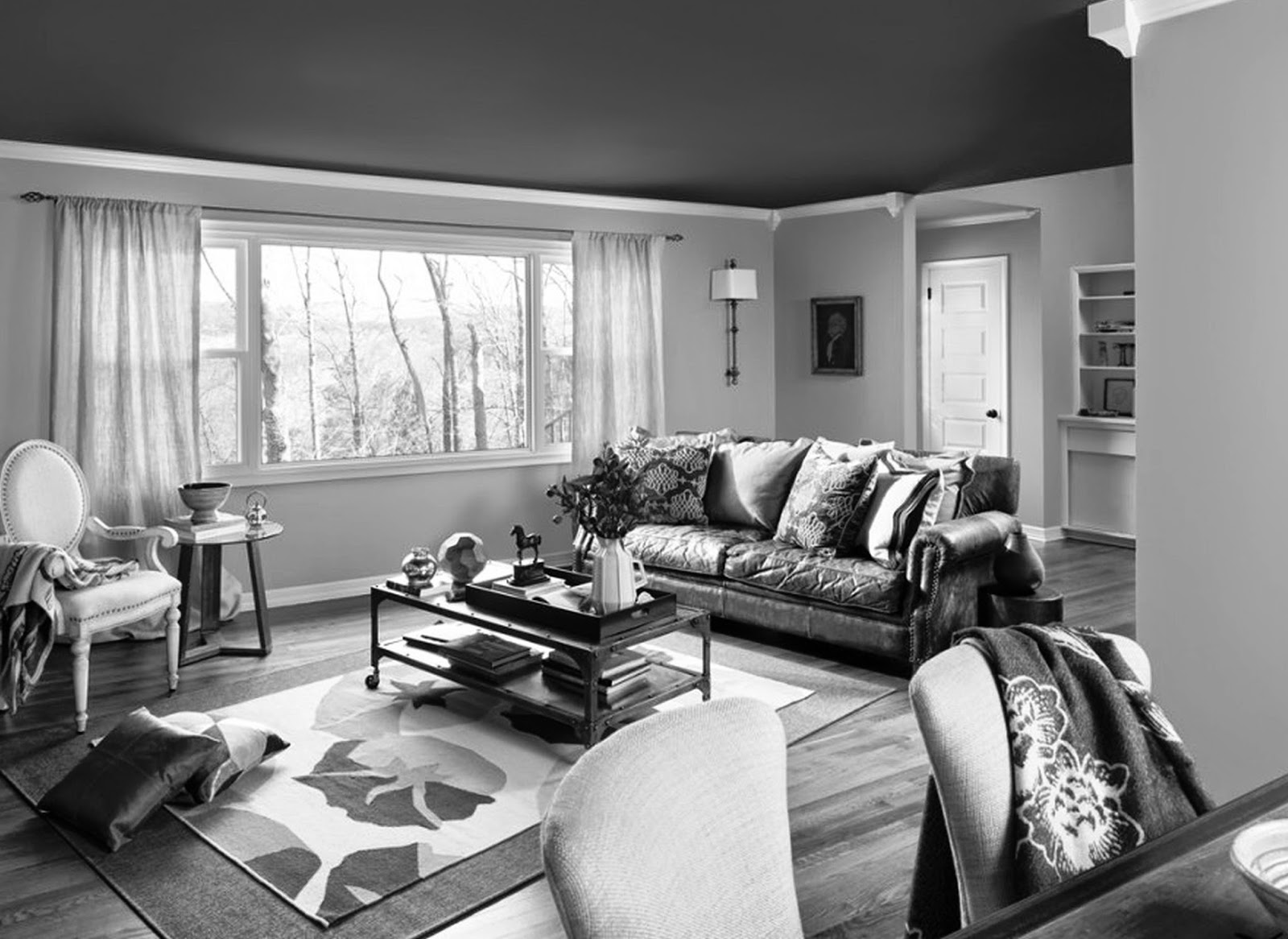












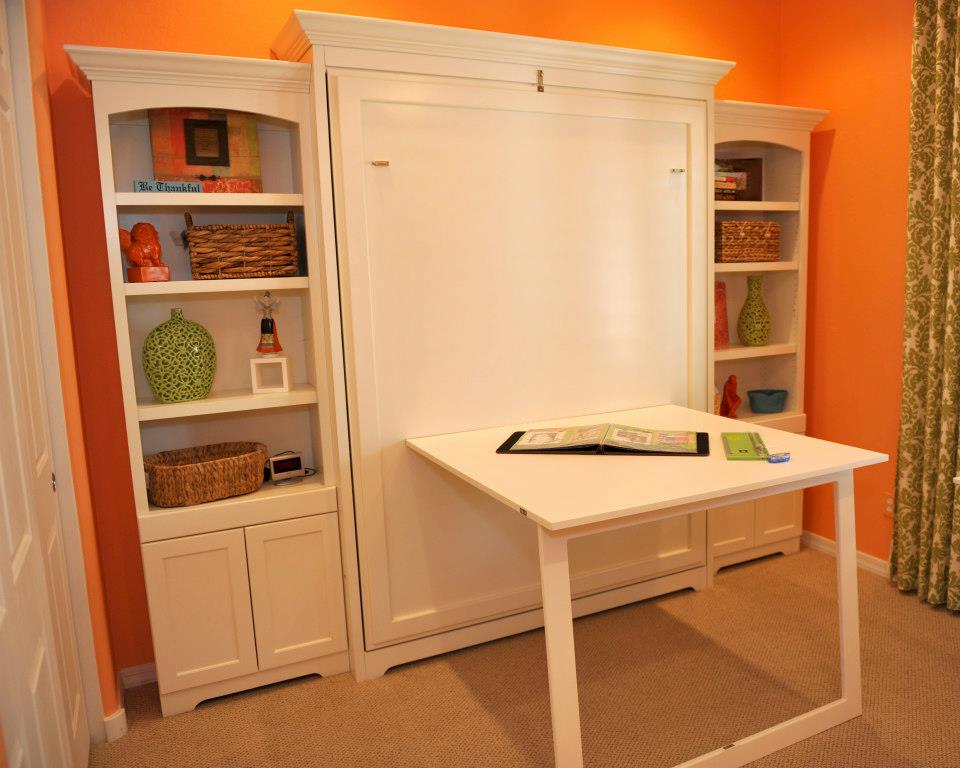




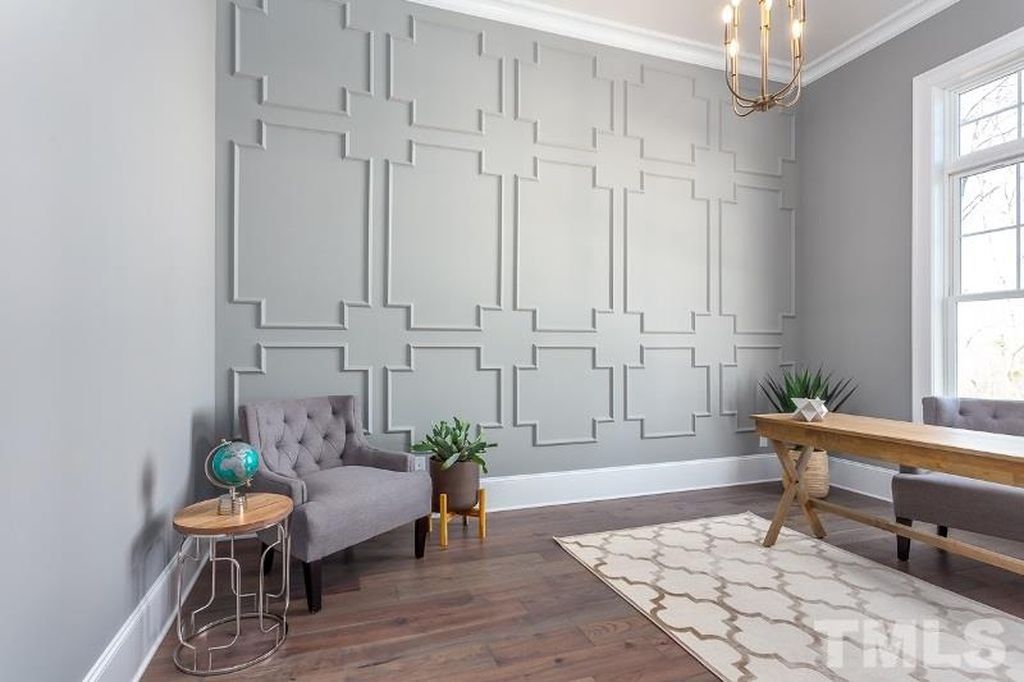



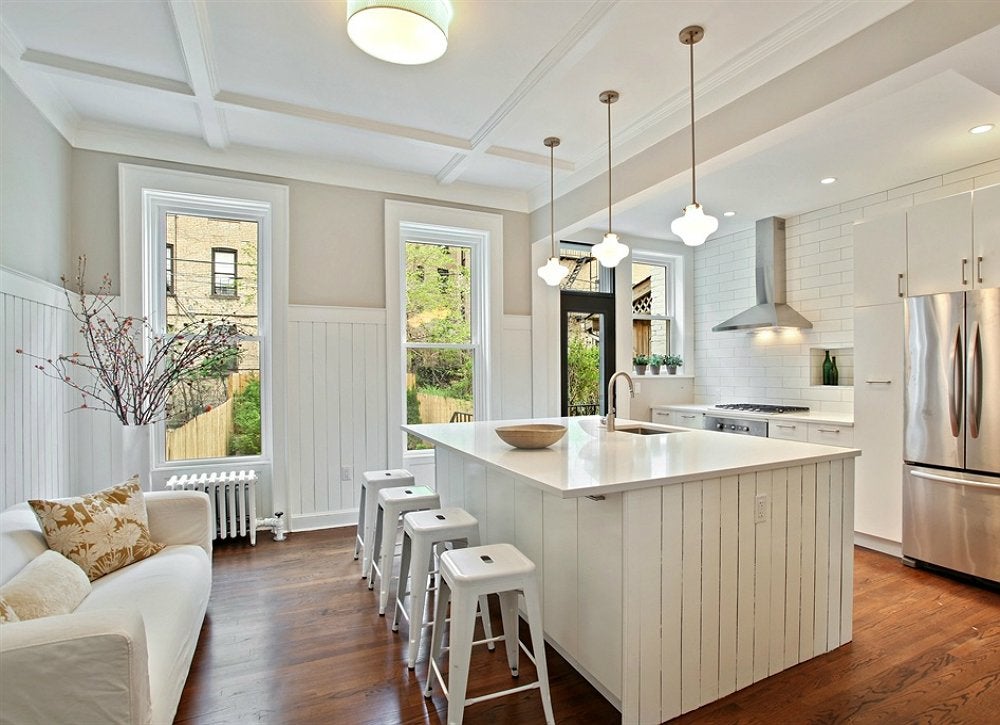

/Diningroomwithcrownmolding-GettyImages-145121522-85951b058d5f406cb48bd96375265b2e.jpg)



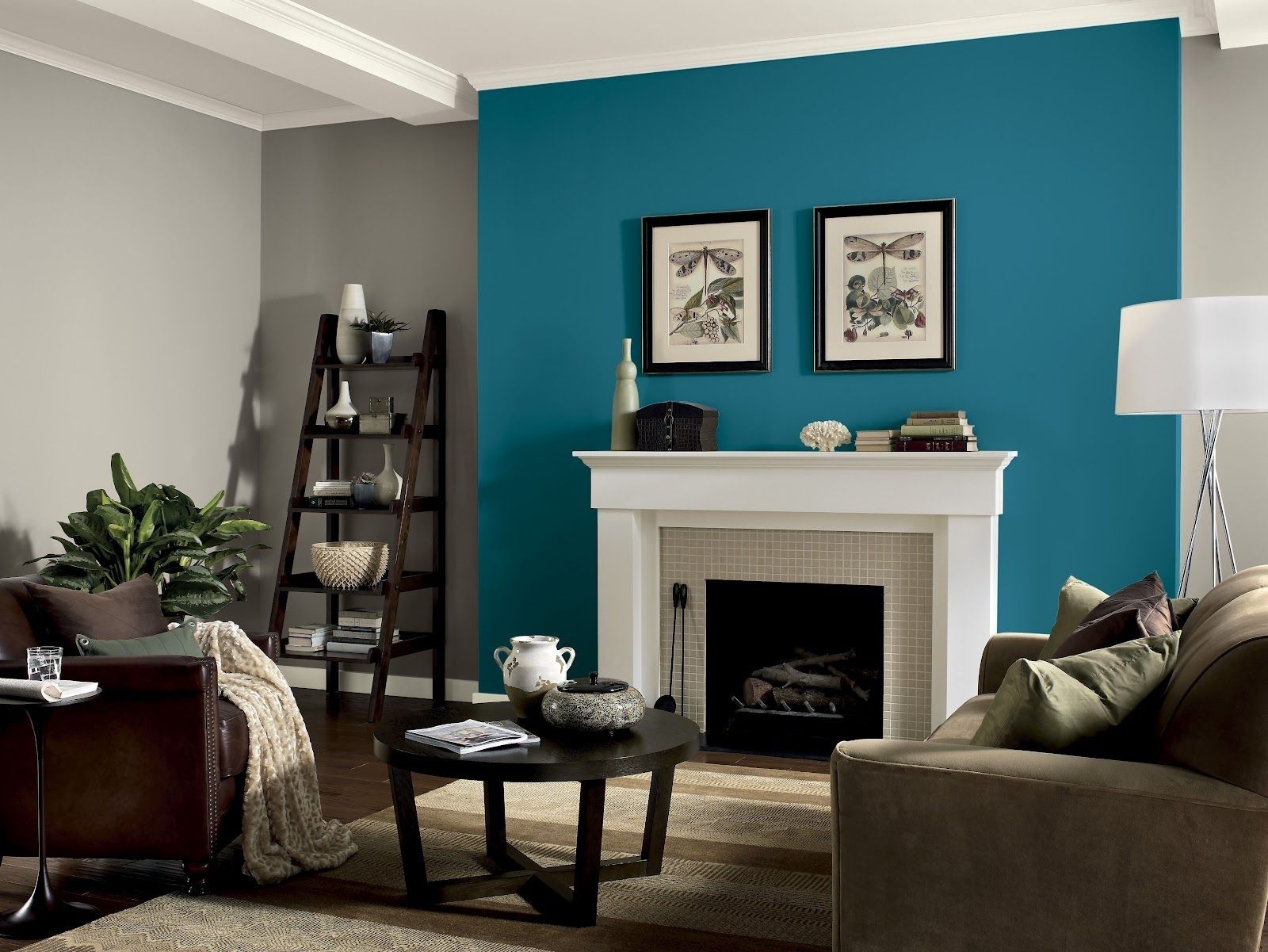

/accent-wall-ideas-1-56b3cb735f9b5829f82c2d18.png)
/living-room-with-orange-wall-640896866-5ab15995a18d9e0037c3a9ba.jpg)
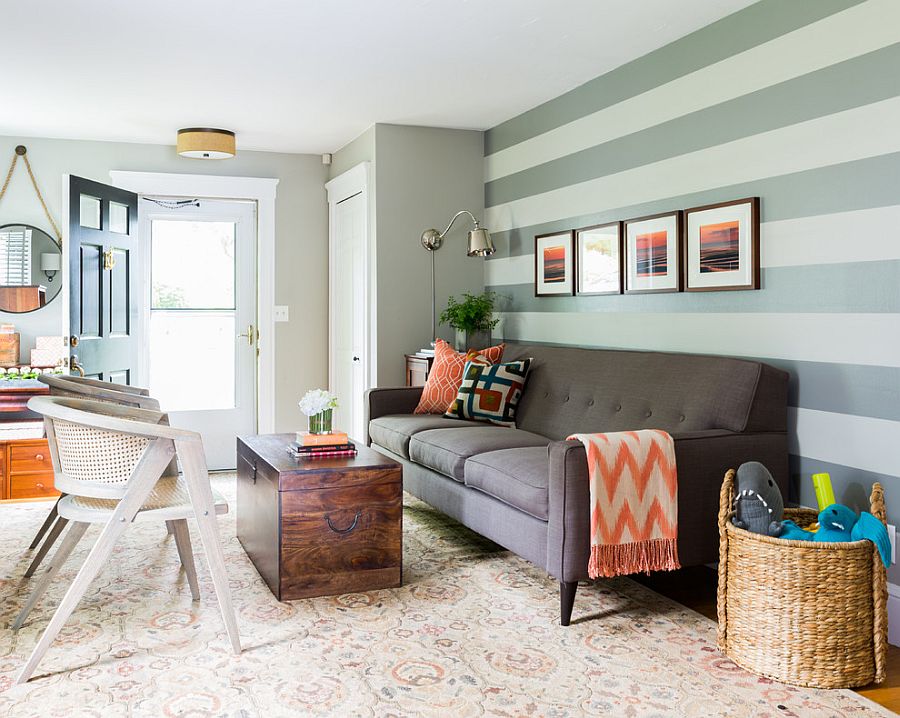
:max_bytes(150000):strip_icc()/loveresideshere_100959725_3177067562356395_3746903167474843318_n1-88f053b412824f92912247b122f601ee.jpg)
